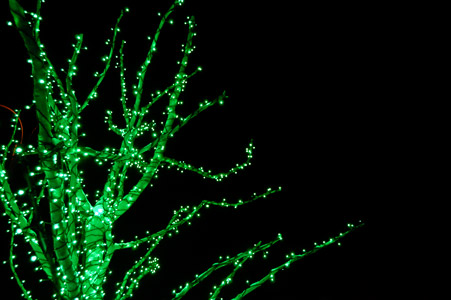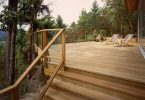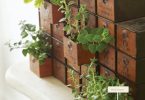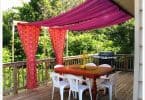 Text by Tom Hamilton
Text by Tom Hamilton
The holiday season is fast approaching and many of you are already thinking about this joyous time of year. Decorating your home and Christmas tree brightens up this season and for many it’s a time that brings the family together to ring in the Yuletide season. Unfortunately each year we read about tragic house fires that were caused by Christmas lights.
With a few safety precautions, this can be prevented. Live Christmas trees that have been allowed to dry out and/or overloaded with lights or faulty extension cords are often the cause of these fires. Fires are also started by outdoor lights for the exact same reasons. So, let’s look at a few safety precautions that may ensure a safe holiday season.
Christmas trees are first. If you are using a live tree, be sure that your tree stand has a water container at its base and keep that container full of water to keep the tree moist throughout the Christmas season. The tree will draw water from the container and help to keep it fresh and not become brittle and dry out. If you are using an artificial tree, make sure that the tree you purchase is made from flame retardant materials. Artificial trees look real and those made from flame retardant materials are very safe for the most part.
But the real culprit is the lights. Too often people buy lights with little or no regard for the load they are placing on their circuits within their home. Each manufacturer lists the lights’ specifications on the back of the package or box. You should be familiar with the total number of strings of lights you are using to decorate your tree AND the total number of amps these combined strings of lights will use. For example, if you have a 20-amp breaker on the outlet nearest your Christmas tree, then the total number of amps from ALL electrical decorations on your tree should not exceed 20 amps unless you are planning to use two different electrical outlets to plug in your tree. Another word of caution here, most electrical outlets in the same room are on the same breaker. So, you need to be sure that is not the case or you’re only fooling yourself. Do not overload!
After many years of using the same lights over and over again, these little electric wires can become brittle from the heat generated by burning the lights. It is a good idea to replace the strings of lights periodically to keep freshly wired Christmas lights on your tree. These lights are not expensive and the occasional change will give your Christmas tree a fresh look. Three to four years is a good rule of thumb. While we’re on the subject of lights, when you purchase lights, be sure to buy the lights that allow the rest of the string to keep burning when one light burns out. Christmas light bulbs and fuse testers can be purchased for less than two dollars. You should add one of these to your Christmas decorations shopping list.
If you must use extension cords, please be sure to use heavy-duty extension cords that are designed to carry a heavier electric load. Some inexpensive cords use light gauge wire that will also heat up and can be a potential safety hazard.
Outdoor lighting is another issue altogether. Use the same principles when decorating your outdoor areas. All lights should not overload your circuit breakers. If necessary, use heavy duty grounded extension cords that can be plugged into different outlets to share the load. The one area that most people overlook when using outdoor lights is the weather. It rains! I would urge you to wrap each electrical connection with a wrap of duct tape to keep the connections dry and away from the water. Rainwater may seep into the connection and short out the lights, trip the breaker and/or cause a fire. You should ensure that every connection subject to rainwater is wrapped to prevent any moisture from getting inside.
Lots of people use timers on their outside lights. Many of these timers are fine and safe. A word to the wise; don’t skip on the cost of your timer — buy a good quality timer and wrap the plug connection as well. Again, moisture can cause a short and that’s not good.
To ensure your home’s safety at Christmas, do not go out for the evening and leave your Christmas lights on. You could come home to an unpleasant surprise. And one last bit of advice; if you buy a live Christmas tree, check it out closely BEFORE you bring it into your house. A friend of mine bought a live Christmas tree, brought it home, put in on a stand and brought it in the house only to find a baby opossum inside the tree. It was an interesting dilemma to say the least.
Have a Merry Christmas and a safe holiday season!
Latest posts by Canadian Home Trends (see all)
- Layer Up – Wrap Your Bathroom In Light - December 28, 2025
- The Power of Rest: Elevate Your Wellness with Better Sleep - December 28, 2025
- VERSATILE KITCHEN DESIGN - December 28, 2025






